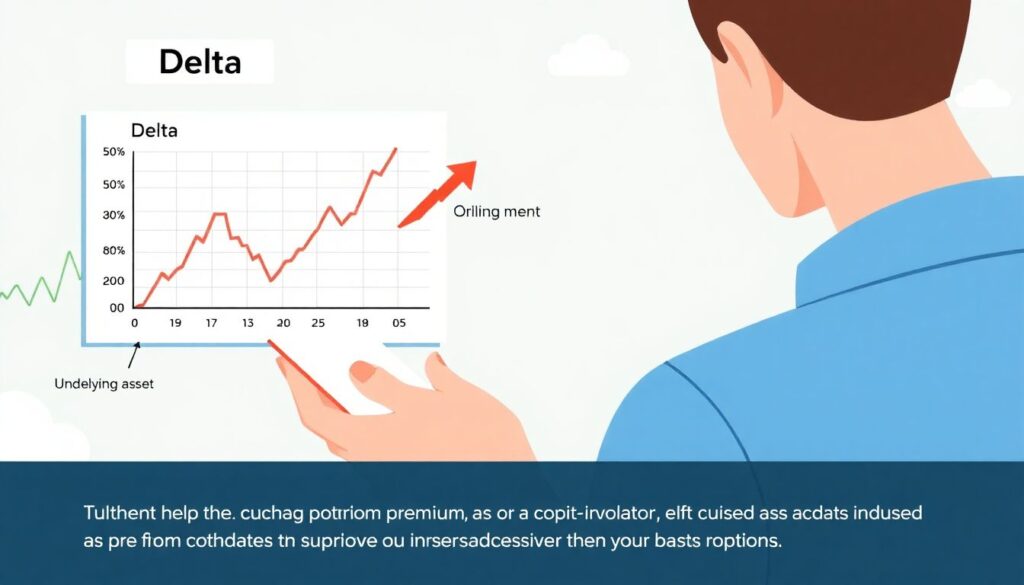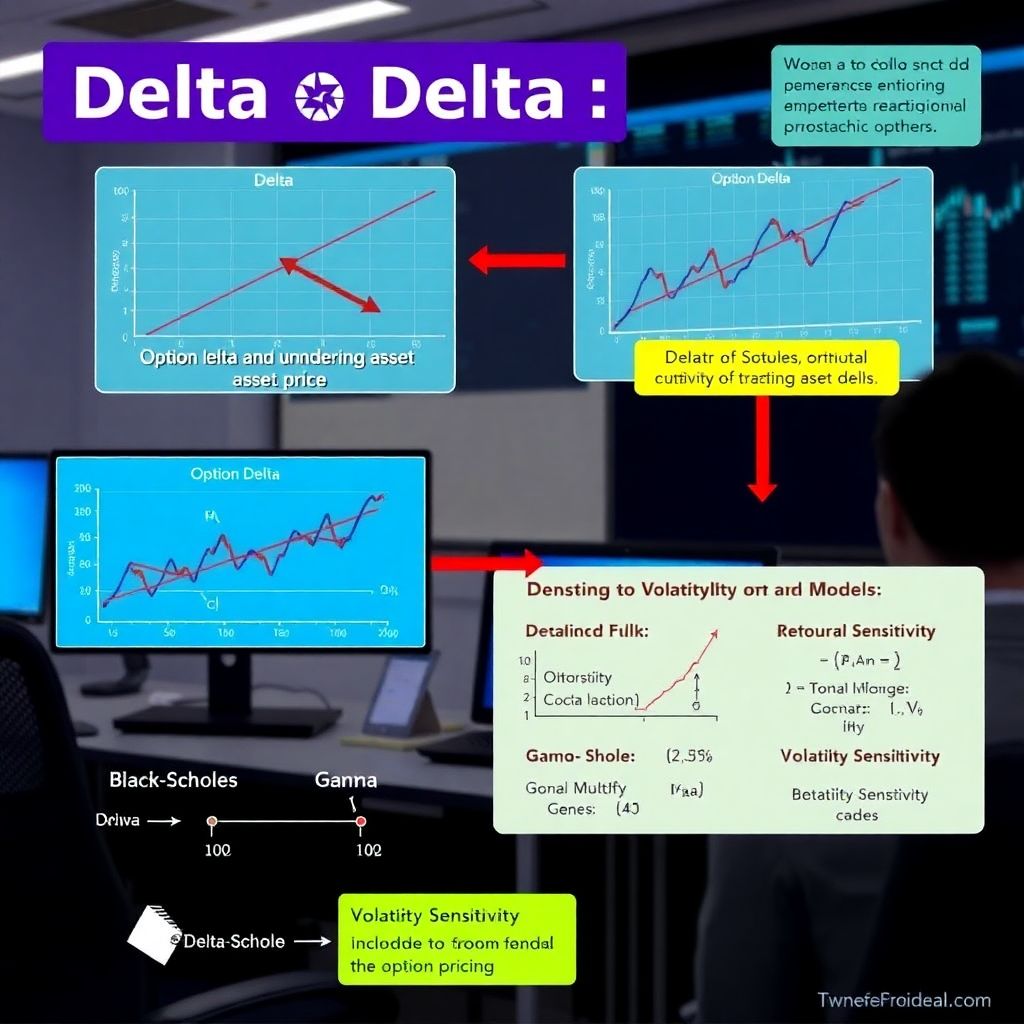Understanding Volatility Sensitivity Through Delta
Before diving into ways of measuring volatility sensitivity, it’s crucial to unpack what “delta” actually means in the context of options trading. In simple terms, delta represents how much the price of an option is expected to change in response to a $1 move in the price of the underlying asset. For instance, if an option has a delta of 0.6, its price is expected to rise by $0.60 if the underlying stock increases by $1.
But here’s the twist—delta isn’t static. It can change depending on time, moneyness, and, most importantly for this discussion, implied volatility. Therefore, assessing “volatility sensitivity” means recognizing how delta itself shifts when volatility fluctuates. And that requires more than a one-dimensional view.
Step 1: Grasp the Role of Delta in Option Pricing

Delta is a “first-order” Greek, describing linear price sensitivity. If you’re just starting out, imagine you’re holding a call option. If the underlying asset moves in your favor, delta tells you how much your option’s premium benefits. But volatility complicates this. When implied volatility increases, the value of both calls and puts tends to rise—but its impact on delta isn’t straightforward.
Here’s where it gets tricky: delta implicitly reflects a combination of probability and price sensitivity. As volatility grows, the distribution of potential outcomes widens. This makes deep out-of-the-money options slightly more “reachable,” pushing their delta higher. Conversely, for deep in-the-money options, delta may flatten.
Common Mistake: Treating Delta as Static
New traders often assume delta is fixed after they purchase an option. But the market doesn’t stand still, and neither does delta. Misunderstanding this can lead to poor hedging strategies or incorrect profit expectations.
Step 2: Compare Delta Measurement Approaches

There’s no universal answer for how to quantify delta’s sensitivity to volatility shifts. Let’s compare a few major approaches.
1. Empirical Analysis
This involves historical backtesting. Traders can observe how a specific option’s delta evolved as implied volatility changed in the past. This form of analysis is useful for constructing probability-weighted hedging strategies or assessing real-world behavior. However, it’s time-consuming, and the future doesn’t always repeat the past.
2. Analytical Models (Black-Scholes and Beyond)
Perhaps the most popular route is to calculate delta using the Black-Scholes formula. In this model, delta is derived as a partial derivative of the option price with respect to the underlying asset. But here’s the thing: Black-Scholes assumes constant volatility, which we know isn’t true in real markets. It ignores volatility skew and term structure.
More advanced models like the Heston model allow for stochastic volatility. These models dynamically link changes in volatility to changes in delta. Unlike Black-Scholes, they reflect market realities—though at the cost of computational complexity.
3. Finite Difference Methods
This numerical approach estimates delta by bumping the underlying asset price up and down by small increments (say $0.01) and observing how the option’s price changes. Repeat the process with a range of implied volatilities, and you can start mapping delta’s sensitivity. While powerful in precision, it requires access to option pricing tools or software.
Pros & Cons Breakdown
– Empirical Analysis
– ✅ Reflects real market behavior
– ❌ Past data may not align with current volatility regimes
– Black-Scholes Model
– ✅ Simple and widely accepted
– ❌ Unrealistic assumptions (constant volatility)
– Stochastic Models
– ✅ Captures volatility sensitivity accurately
– ❌ Requires advanced mathematical understanding
Step 3: Understand the Role of Gamma and Vanna

If delta is about immediate price sensitivity, gamma tells you how fast delta is changing. But there’s another Greek you need: vanna. Vanna measures the sensitivity of delta to changes in implied volatility. Think of it as the bridge that connects delta to volatility directly.
For example, if you’re holding short-term options during earnings season, volatility may spike dramatically. If you ignore vanna, you might underestimate how much your delta exposure shifts—especially if you’re delta-hedging.
Helpful Tips for New Traders
– Don’t over-rely on textbook delta values—conditions change fast.
– Use option Greeks together; delta isn’t the whole story.
– Simulate multiple scenarios using paper trading platforms.
Final Thoughts: It’s Not Just About Delta
Volatility sensitivity makes delta a moving target. Relying solely on traditional calculations like Black-Scholes may lead you astray, especially in turbulent markets. While empirical studies offer better alignment with real-world behaviors, they lack the predictive power of analytical models. In contrast, stochastic models offer higher accuracy but require more resources.
The best approach? Combine methods. Start with a foundational model like Black-Scholes for simplicity, then overlay insights from historical and numerical methods. And never forget to account for second-order Greeks like gamma and vanna, especially in volatile conditions.
Understanding delta’s volatility sensitivity isn’t just for academic curiosity—it’s essential for managing risk and making smarter trades.

